ASIC Miner ICERIVER KAS KS0 Profitability In the realm of cryptocurrency mining, the Iceriver KAS KS0 miner has garnered widespread attention. Tailored specifically for the Kaspa network's KHeavyHash algorithm, it boasts high hashing power and low power consumption, making it an ideal choice for many miners. In this article, we will comprehensively assess IceRiver KS0 profitability while considering the Kaspa market conditions and the attributes of KS0 miner. Kaspa Market Dynamics Kaspa is a vibrant cryptocurrency network aimed at delivering high performance and scalability for everyday transactions. At the time of writing this article, the Kaspa coin trades at approximately $0.04959. But it's essential to note that cryptocurrency markets are highly susceptible to price volatility. Hence, investors must remain vigilant about market dynamics. Additionally, the Kaspa network's mining difficulty and reward mechanisms play a role in mining returns. Attributes of the IceRiver KS...
Dash Antminer D3 19.3 Gh ASIC Miner Review
Dash was born in 2014. Compared with Bitcoin, it has the characteristics of higher anonymity and faster transaction speed. In August 2017, Bitmain officially launched Dash Antminer D3, a new ASIC miner launched by Bitmain for a single encrypted digital currency after the Bitcoin and Litecoin miner series. Here ZEUS MINING has conducted a comprehensive evaluation of it, and then let's take a look at the performance of D3!
Product basic specifications
Name | Antminer D3 |
Mineable coin | DASH |
Weight | 4.2kg |
Size | 320mm * 130mm * 90mm |
Chip size | TSMC 28nm |
Rated hash rate | 19.3Gh |
Appearance and workmanship
The outer packaging of Antminer D3 is packed in an industrial carton. When you open the outer box, you can see that the miners are protected by shock-proof and anti-collision bubble wrapping pads, which ensures that the miners will not be damaged during transportation.
Antminer D3 adopts a dual-fan, three-hash board miner design; the body is integrally formed, a precision die-casting design, and aluminum alloy material, which provides robust protection for the hash board chip and improves the overall heat dissipation efficiency of the fuselage.
Looking down from the top of the miner, you can see that D3 has three hash boards, each of which has three PCI-E6pin interfaces, and you can also see three data lines from the hash board to the control board.
From the front of the miner, you can see the IP address feedback button, network cable interface, reset button and status indicator, and other configurations (as well as the Antminer D3logo and QC label). In addition, the fan with a diameter of 12cm can be seen on the front, and the air is fed from this side.
From the miner's back, the miner's cooling fan can be seen, and the air is released from this side.
D3 uses Bitmain's self-developed chips, and each hash board has 60 BM1760 chips. The overall structure of the miner is very compact. However, the interval extension between the hash plates brings a larger heat dissipation area. The interval also forms a unique air duct inside the miner, which can maximize the use of the fan and the structural cavity to push the heat dissipation effect to the extreme.
Installation and debugging
The power supply for this test uses Antminer APW3+, and the mining pool uses Antminer Pool under Bitmain. For the connection of D3 miners, please refer to the AntMiner D3 Manual.
Heat and noise
Antminer D3 adopts PPLNS mining mode. The test site is a conference room with an area of about 30 square meters. The room temperature is 28 degrees. Heat and noise tests are performed after the miner runs for 24 hours.
At a distance of 10cm from the air outlet of Antminer D3, the measured noise of miners was 88dB, but the noise dropped to 70dB at a distance of 1 meter. After closing the door, there was no more obvious sound.
After running for 24 hours, the temperature of the D3 hash board is 64 degrees, and the chip temperature is 84 degrees in the miners backstage, which are all within the normal range.
Hash rate and power consumption
Antminer D3 hash rate curve changes every 10 minutes;
Antminer D3 hourly hash rate curve changes;
The official hash rate of the Antminer D3-19.3G version is 19.3G. The actual test's average hash rate is around 19.41GH/s, which is higher than the nominal value. The power of the Antminer D3-19.3G version in the actual test is 1278W, and the power consumption per G hash rate is 65.8W/G.
As of January 2022, according to the PPLNS revenue model of AntPool, the revenue of a D3 24 hours a day is $0.70, the daily electricity cost of D3 is -$3.89 and the daily revenue is about -$3.19.
Antminer D3 income
Period | Day | Month | Year |
Income | $0.70 | $21.01 | $252.06 |
Electricity | -$3.89 | -$116.64 | -$1,399.68 |
Profit | -$3.19 | -$95.63 | -$1,147.62 |
Antminer D3 power consumption
Overclocking test
The default operating frequency of Antminer D3 is 537M, the miner's frequency is set to 650M, and the overclocking operation is performed. After running for a while, the D3 hash rate increases to about 22.7G. At this time, the hash board and chip temperature are higher than that of the default state high; the hash board temperature is 74 degrees, the chip temperature is 97 degrees, and the power rise is 1589W. Under overclocking, the power consumption per unit hash rate is 70W/G, slightly higher than the default operating frequency. Therefore, long-term overclocking is not recommended.
Antminer D3 overclocking status
Antminer D3 overclocking power consumption
Summarize
The overall performance of the Antminer D3 is surprising. The power consumption per unit hash rate is as low as 65.8W/G, and the hash rate remains stable under long-term work. D3 also shows good strength in overclocking.
Antminer D3 continues Bitmain's quality of fine craft, the product runs stably, and the installation is very convenient. The actual runtime hash rate will be slightly higher than the standard. D3 is not very noisy. After closing the door, there is no noise. It can also be used in civilian rooms.
The content and pictures of this article are from the Internet, compiled and edited by ZEUS MINING.
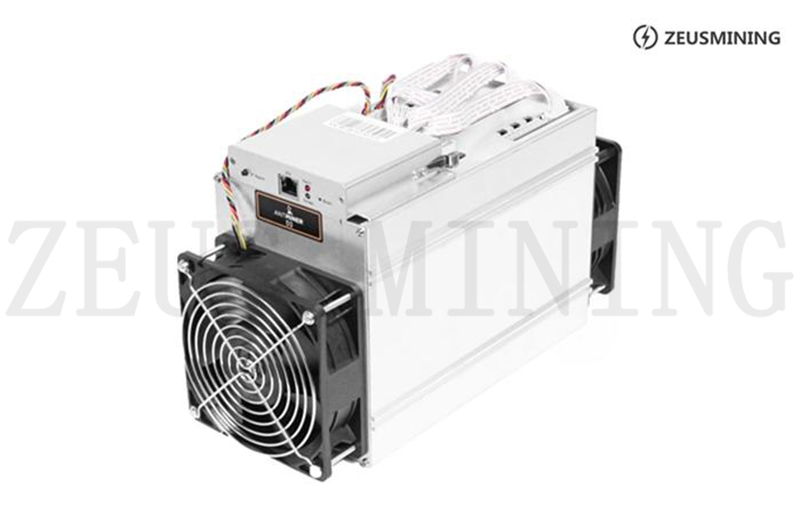
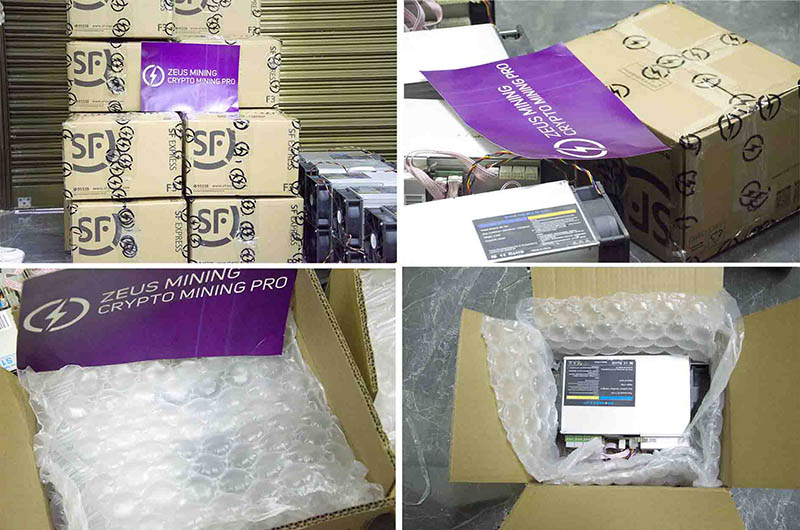
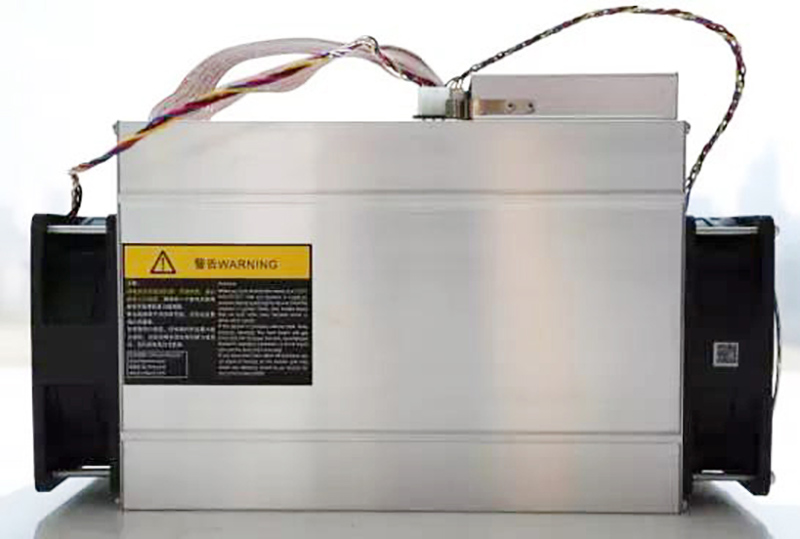


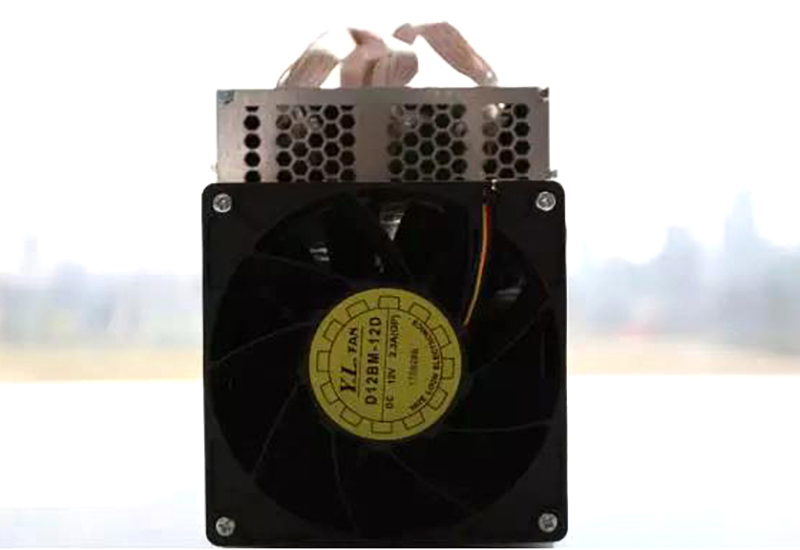


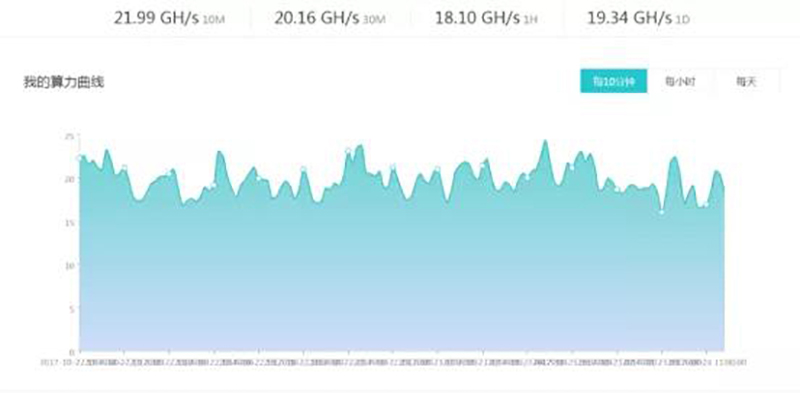

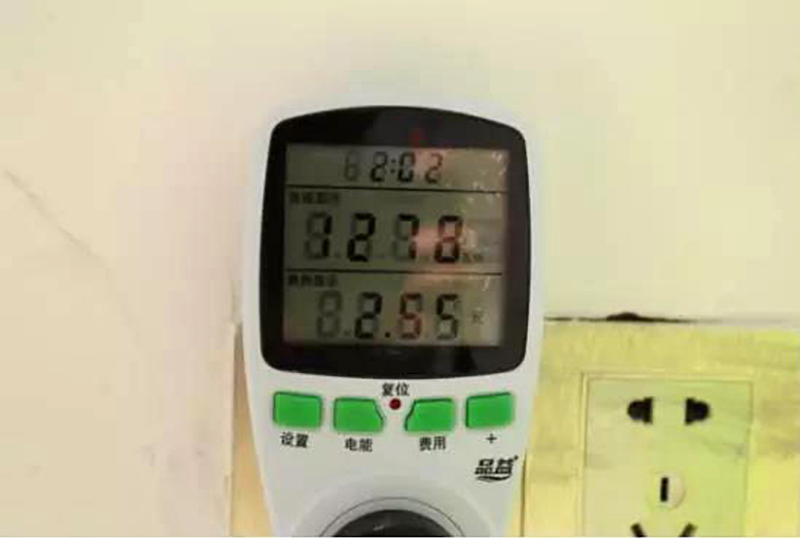
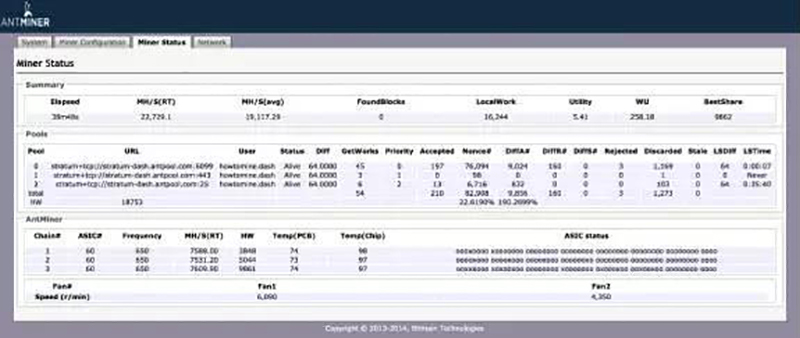

Comments
Post a Comment
Tell us your opinion